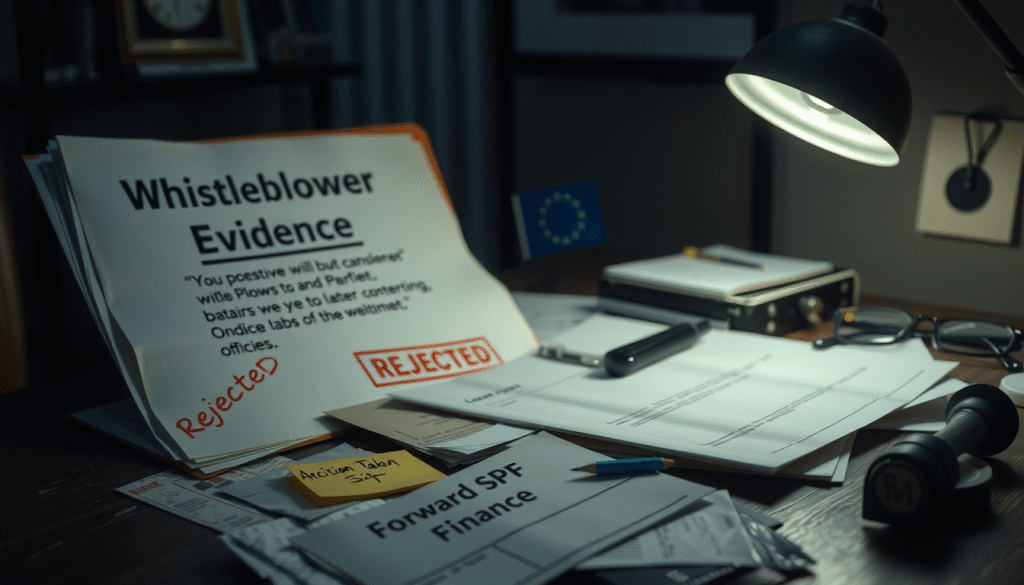The mathematics is simple: when 60-80% of project budgets go to personnel costs, oversight cannot remain theoretical.
The implementation gap
Current oversight mechanisms create an illusion of control. Organizations submit annual reports, undergo audits, provide documentation. Yet critical questions remain unanswered:
- How can a director invoice €21,352 monthly as a freelancer for years?
- How can an employee be reported working 157 hours while on 3 weeks annual leave?
- How can financial information remain restricted to just two people in organizations receiving 45% of their budget from EU funding?
Beyond policy
The challenge isn’t lack of regulation – it’s the gap between policy and implementation. While equipment purchases undergo rigorous verification, personnel costs – the largest expense in most EU-funded projects – operate in a transparency vacuum.
The path forward
The solution doesn’t require new policies – just practical implementation of existing frameworks:
Real-time oversight
Transform theoretical oversight into practical monitoring through standardized reporting systems that track personnel costs as they occur, not months later during annual audits.
Practical implementation
Create clear frameworks for:
- Transparent salary structures in EU-funded positions
- Documentation requirements for all employment types
- Regular verification of reported hours
- Cross-project hour allocation monitoring
Immediate solutions
Through a six-month pilot project, we can transform oversight from concept to practice:
- Implement standardized reporting templates
- Establish clear verification procedures
- Create practical guidelines for organizations
- Develop training materials for implementation
Because sometimes the most effective solution isn’t creating new policies – it’s implementing the ones we have.




